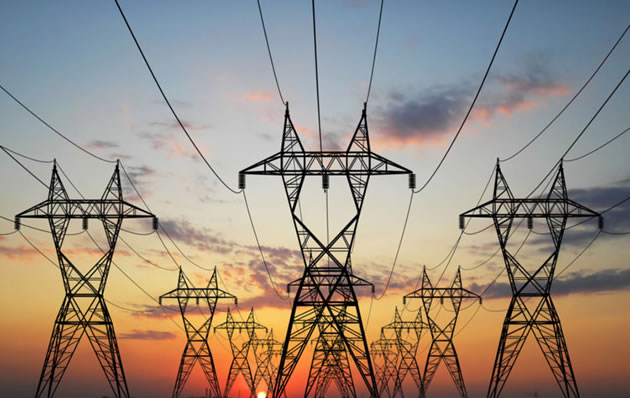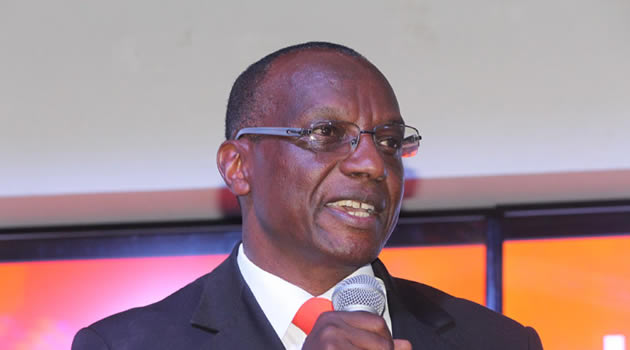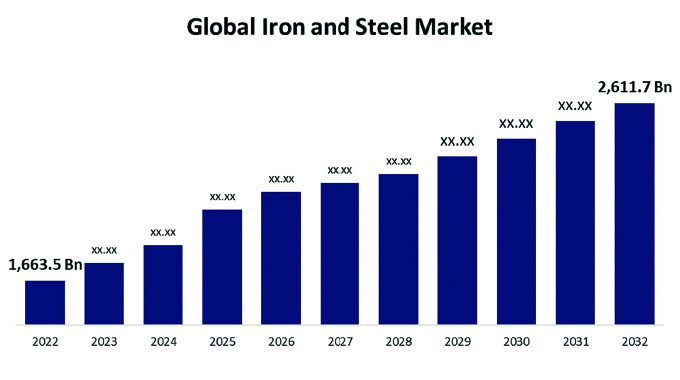IPPs output rises 416pc

Martin Kadzere Senior Business Reporter
INDEPENDENT Power producers’ output for 2016 increased 416 percent to 277,7 gigawatt hour from 57,8 GWh a year earlier, according to report by the power utility Zesa Holdings.
This represents nearly 5 percent of the total 4 718 GWh generated by the local plants last year.
Recently, the Zimbabwe Energy Regulatory Authority said 12 independent power producers, out of a total of 30 IPPs licensed were now operational, but warned it will revoke the licenses where lack of progress is noted.
The licences are issued with different conditions, which are evaluated quarterly and subject to cancellation if they are not met.
Before cancelling the licences, where ZERA would have noted lack of progress, as per conditions attached to the licence, the regulator allows the affected investor to make representations.
Last year five licences were cancelled with ZERA claiming some investors were merely holding on to their licences for speculative purposes.
Some of the 12 producers that are now operational include Lowveld based sugar companies, Hippo Valley and Triangle with a generating capacity of 33MW and 45M, respectively and mini hydros in Honde Valley, Nyamhingura 1,1MW, Pungwe 2,7MW and Duru 2,2MW.
Over the past few years, ZERA has been issuing licenses to IPPs to help argument power generation by Zesa in light of low production at the country’s main power stations.
The power utility produces most of its electricity at Hwange Thermal Power Stations, the country’s largest plant and Kariba Power Station with combined capacity of nearly 1 700MW.
The company also runs three small power plants but which have not been operating at optimal levels due to inconsistent supplies of coal and recurrent breakdowns.
Zesa imports power from regional utilities including Hydro Cahorra Bassa and Eskom of South Africa to cover local supply gaps due to limited capacity. The country Zimbabwe requires an average of 1 400 megawatts against an average generation of 1 000MW.
Zesa, through its power generation subsidiary is in the process of implementing various projects aimed at enhancing generations, targeting to produce 1 300 MW by 2021.








Comments